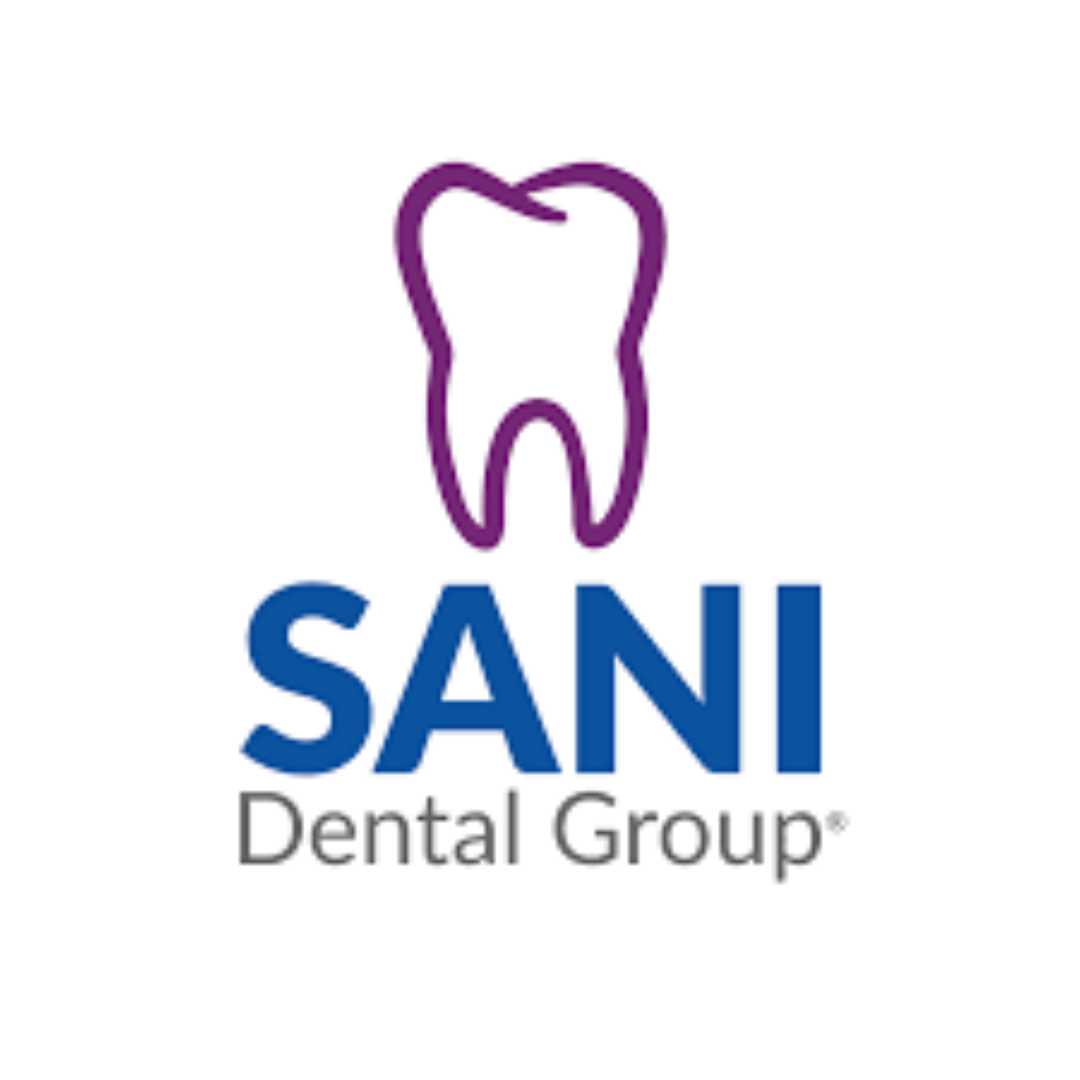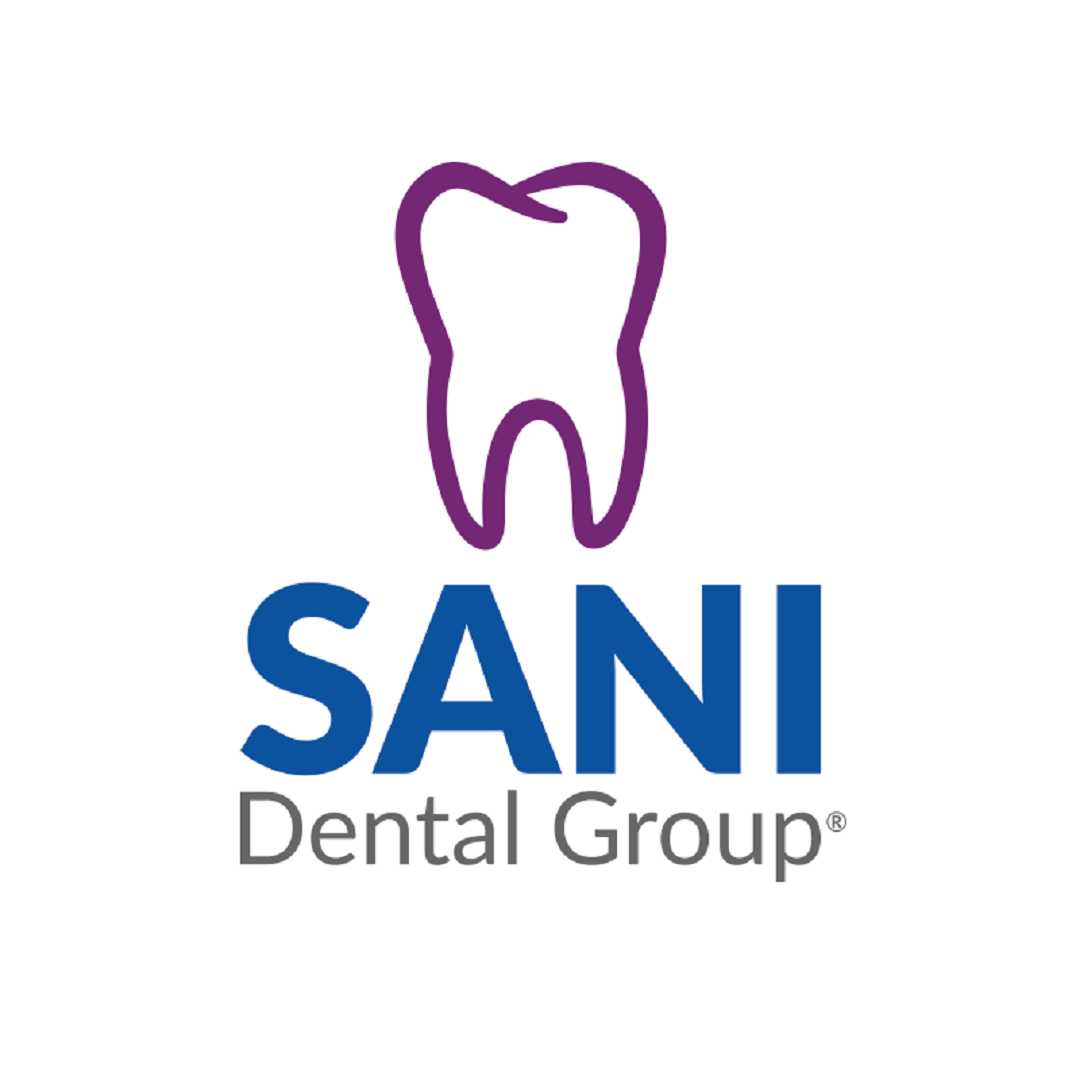Understanding the Dental Implant Process in Mexico

Are you considering dental implants in Mexico and wondering how long the entire process will take? It's a common and important question, especially when planning for international travel and recovery. Generally, a full dental implant procedure in Mexico typically spans several months, often requiring two to three distinct visits to accommodate the necessary healing periods.
Many patients choose Mexico for dental implants due to the significant cost savings and excellent quality of care available. However, because the process involves surgical steps and a crucial healing phase, it's not a one-day affair. From your initial consultation to the final placement of your permanent crown, each stage is carefully managed to ensure the best possible outcome for your new smile. Let's break down the various phases and what you can expect regarding the duration of your dental implant journey in Mexico.
How long does it really take to get dental implants in Mexico?
The total duration for a dental implant procedure in Mexico can vary significantly from person to person, but generally, you should expect it to unfold over several months. This extended timeline is primarily due to the biological process known as osseointegration, where the implant post fuses with your jawbone. This critical healing phase ensures the implant provides a stable and strong foundation for your new tooth.
Your first visit to Mexico will typically involve the initial consultation, comprehensive imaging (X-rays, 3D scans), and the surgical placement of the implant post. This stage usually takes about 3 to 7 days, allowing for the surgery itself and a brief initial recovery period. After this, you will return home to allow the osseointegration process to occur, which takes approximately 3 to 6 months.
Once osseointegration is complete, you will make a second trip to Mexico. During this visit, the dentist will expose the implant (if it was submerged), attach an abutment (the connector piece), and take impressions for your custom crown. A few days later, your permanent crown will be placed, completing your dental implant procedure. Some complex cases might require a third shorter visit, but two visits are typical.
What are the typical stages of a dental implant procedure?
Understanding the distinct stages of a dental implant procedure helps clarify why it takes time. Each step is vital for the long-term success and stability of your new tooth. Here's a breakdown of what to expect:
- Initial Consultation and Planning: This first stage involves a thorough examination, including digital X-rays and 3D CT scans, to assess your bone density and overall oral health. The dentist will create a personalized treatment plan, discuss options, and answer your questions. This typically takes 1-2 days during your first visit.
- Implant Post Placement: During a minor surgical procedure, the titanium implant post is carefully placed into your jawbone where the tooth is missing. If you have any remaining teeth to be extracted, this might occur beforehand or at the same time. This stage usually requires 1-2 days for the surgery itself, plus a few days for initial recovery in Mexico.
- Osseointegration (Healing Period): This is the most time-consuming part of the process, taking 3 to 6 months. During this period, the jawbone naturally fuses with the titanium implant post, creating a strong anchor. This healing occurs while you are back home.
- Abutment Connection: Once osseointegration is complete, a small connector piece called an abutment is attached to the implant post. This can sometimes be done during the initial surgery (one-stage implant) or during a second, minor procedure. Impressions are then taken to create your custom crown. This is usually part of your second trip to Mexico.
- Permanent Crown Placement: Finally, your custom-made dental crown, designed to match your natural teeth in shape, size, and color, is securely attached to the abutment. This marks the completion of your dental implant procedure and your second trip.
Does the type of implant affect the timeline?
While the fundamental principle of osseointegration remains, certain types of dental implants or treatment protocols can influence the overall timeline, particularly concerning when you receive a functional tooth. Traditional dental implants involve a healing period after placement before any prosthetic is attached, ensuring maximum stability.
For patients with excellent bone density, "immediate load" implants might be an option. With this technique, a temporary crown or bridge can be placed on the implant shortly after surgery. While this offers immediate aesthetic and functional benefits, the implant still needs to fully integrate with the bone, so a permanent prosthetic is typically placed after the standard healing period. This can shorten the time you spend without a tooth, but not necessarily the biological healing time.
Another common example is the "All-on-4" or "All-on-6" concept, where a full arch of teeth is supported by four or six implants. In many cases, a temporary full arch bridge can be fitted immediately after implant placement. This allows patients to leave Mexico with a functional, aesthetically pleasing smile after their first visit. However, the final, permanent bridge is still typically placed after the implants have fully integrated, usually 4 to 6 months later, during a second trip.
How many trips to Mexico are needed for dental implants?
For the majority of patients undergoing a standard dental implant procedure, two trips to Mexico are usually sufficient. The first trip is dedicated to the surgical placement of the dental implant posts into your jawbone. This initial visit often lasts between 3 to 7 days to accommodate the consultation, surgery, and any immediate post-operative checks. During this time, your dentist will ensure everything is stable before you return home for the healing phase.
After a period of 3 to 6 months, during which the implant integrates with your bone, you will plan your second trip. This subsequent visit focuses on completing the restoration. It involves attaching the abutment (if not done previously), taking final impressions for your custom crown or bridge, and then placing the permanent restoration. This second trip also typically lasts 3 to 7 days, ensuring ample time for fitting and any necessary adjustments.
While two trips are standard, some complex cases or those requiring extensive preparatory procedures like significant bone grafting might necessitate a third, shorter visit. However, reputable clinics in Mexico are highly experienced in coordinating treatment plans to minimize travel and maximize efficiency for international patients.
What is the recovery time after dental implant surgery in Mexico?
Immediately following dental implant surgery, it's normal to experience some mild discomfort, swelling, and possibly light bruising in the treated area. Your dentist will prescribe pain medication and antibiotics, and provide detailed aftercare instructions. Most patients find that these immediate symptoms subside within 3 to 7 days, allowing them to resume light daily activities relatively quickly.
During this initial recovery period, it's advisable to stick to a soft diet, avoid strenuous physical activity, and maintain good oral hygiene as instructed. While you might feel better after a week, the crucial healing process of osseointegration has just begun. This is the period where the implant post truly fuses with your jawbone, and it takes several months to complete.
The 3 to 6 month osseointegration phase occurs mostly unnoticed in your daily life, requiring no further visits to Mexico during this time. You'll simply be living your life as usual, albeit with a mindful approach to chewing in the implant area if you have a temporary prosthetic. Complete healing and full integration are essential for the long-term success of your dental implant.
What factors can extend the dental implant timeline?
Several pre-existing conditions or additional procedures can add time to your overall dental implant journey. It's important to discuss these thoroughly with your Mexican dentist during your initial consultation so you have a clear understanding of your personalized timeline.
- Bone Grafting: If your jawbone lacks sufficient density or volume to support an implant, a bone graft may be necessary. This procedure involves adding bone material to the site, which then needs 3 to 9 months to heal and integrate before the implant can be placed.
- Tooth Extractions: If a tooth needs to be removed prior to implant placement, the extraction site typically requires 2 to 3 months to heal completely. Placing an implant into a fresh extraction socket is sometimes possible, but often a healing period is preferred to ensure optimal bone health.
- Sinus Lift: For implants in the upper back jaw, if the sinus cavity is too close to the jawbone, a sinus lift procedure may be required to create enough bone height. This can add 4 to 12 months of healing before implant placement.
- Gum Disease Treatment: Active gum disease (periodontitis) must be treated and resolved before dental implant surgery can proceed, as infection can compromise the success of the implant. This treatment can add several weeks or months to the overall timeline.
Other factors, such as individual healing rates, general health conditions like diabetes, or lifestyle choices like smoking, can also influence how quickly you heal and therefore slightly alter the overall timeline for your dental implant procedure.
How does dental tourism impact the implant timeline in Mexico?
One of the primary advantages of seeking dental implants through medical tourism in Mexico is the streamlined approach to treatment. Clinics specializing in international patients are accustomed to scheduling appointments efficiently to minimize your time away from home. Rather than multiple short appointments spread over weeks, they consolidate consultations, imaging, and surgical procedures into one focused visit.
This organized approach means that your first trip to Mexico for implant placement, which includes initial assessment and surgery, is typically designed to be comprehensive, allowing you to return home for the 3-6 month healing period. When you return for your second visit, the focus is entirely on the final restoration, with impressions, fittings, and permanent crown placement scheduled closely together.
This model is highly beneficial for patients traveling from the US or Canada, as it reduces overall travel costs and time off work compared to a scenario where individual appointments might require separate trips. The clinics often assist with logistics like accommodation and local transportation to ensure your dental journey is as smooth and time-efficient as possible.
Is it safe to get dental implants in Mexico?
The safety of dental implant procedures in Mexico is a common concern for many patients, and it's a valid one. However, it's important to understand that many dental clinics in Mexico, particularly those catering to medical tourists, uphold very high standards of care and safety. These clinics often boast state-of-the-art equipment, advanced technology, and modern facilities comparable to those found in the US or Canada.
Many Mexican dentists who perform implant procedures have received extensive training internationally, including in the United States and Europe, and possess specialized certifications in implantology. They often use the same high-quality, FDA-approved implant materials and brands as their counterparts in other developed countries. When choosing a clinic, it's crucial to look for accreditations, read patient reviews, and inquire about the dentists' qualifications and experience.
By selecting a reputable clinic with a strong track record, clear communication, and transparent practices, patients can feel confident in the safety and success of their dental implant procedure in Mexico. Thorough research and due diligence before your trip are key to a positive and safe experience.
What is the cost of dental implants in Mexico compared to the US/Canada?
One of the most compelling reasons individuals seek dental implant procedures in Mexico is the substantial cost savings. The price difference can be quite dramatic, allowing patients to afford treatment that might be financially out of reach in their home countries. This affordability does not necessarily equate to lower quality; rather, it reflects the lower overhead costs, living expenses, and labor costs in Mexico.
To illustrate the typical savings, consider the following comparison:
| Procedure | US/Canada (Average Cost) | Mexico (Average Cost) | Approximate Savings |
|---|---|---|---|
| Single Dental Implant | $3,000 - $6,000 | $700 - $2,000 | 60% - 80% |
| All-on-4 Dental Implants (Full Arch) | $20,000 - $30,000 | $7,000 - $15,000 | 50% - 70% |
These figures are estimates and can vary based on the clinic's location, the brand of implants used, the complexity of the case, and any additional procedures required. Even with travel expenses factored in, the overall cost remains significantly lower for many individuals.
How can I plan my dental trip to Mexico for implants efficiently?
Planning an efficient and successful dental trip to Mexico for implants involves several key steps to ensure a smooth experience. Thorough preparation can help minimize stress and maximize the effectiveness of your visits.
- Research and Select a Reputable Clinic: Start by researching clinics that specialize in dental implants and cater to international patients. Look for clinics with good reviews, transparent pricing, advanced technology, and dentists with specialized training and certifications. Many offer virtual consultations to assess your case beforehand.
- Coordinate Your Travel Logistics: Once you've chosen a clinic and received a preliminary treatment plan, book your flights and arrange for accommodation well in advance. Consider staying near the clinic for convenience. Many clinics offer assistance with airport transfers or can recommend trusted local services.
- Communicate Your Needs Clearly: Maintain open and clear communication with your chosen dental clinic. Discuss your full medical history, expectations, and any time constraints you might have. Ensure you understand the entire treatment plan, the number of visits required, and the detailed cost breakdown before you travel.
- Prepare for Recovery: Plan for your initial recovery period in Mexico by considering comfortable clothing, easy access to pharmacies, and simple meal options. Understand the post-operative care instructions thoroughly before you return home.
Ready to explore your options for affordable dental implants in Mexico? Contact PlacidWay today to connect with top international clinics and plan your personalized medical tourism journey.


.png)






.png)
.png)






Share this listing